Gastrocnemius muscle Origin, Insertion, Function, Exercise
Gastrocnemius muscle Anatomy
Gastrocnemius muscle, also called leg triceps, large posterior muscle of the calf group of the leg.
The gastrocnemius muscle is a superficial two-headed muscle that is in the back part of the lower leg of humans. It runs from its two heads just above the knee to the heel, a three-joint muscle (knee, ankle and subtalar joints).
Gastrocnemius muscle origin, insertion, and function are described here.
Origin
The two heads are located from the medial and lateral condyles of the femur.
Gastrocnemius muscle medial head from behind the medial supercondylar ridge and the adductor tubercle on the popliteal surface of the femur. The lateral head from the outer aspect of the lateral condyle of the femur, just superior and posterior to the lateral epicondyle.
Both heads have attachments from the knee joint capsule and from the oblique popliteal ligament.
Insertion
The bulk of the gastrocnemius muscle from each of the heads come together and insert into the posterior surface of a broad membranous tendon. It then fuses with the soleus tendon to form the upper part of tendocalcaneus. This broad tendon then narrows until it reaches the the calcaneous where it expands again for its insertion on the middle part of the posterior surface of the calcaneus.
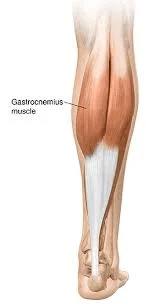
Nerve supply
Both heads of the gastrocnemius is supplied by the tibial nerve (S1 and 2). Cutaneous supply is mainly provided by L4, 5, and S2.
What is the function of the gastrocnemius muscle?
The gastrocnemius with the soleus, is the main plantar flexor of the ankle joint. The muscle is also a powerful knee flexor. It is not able to exert full power at both joints simultaneously, for example when the knee is flexed, gastrocnemius is unable to generate as much force at the ankle. The opposite is true when the ankle is flexed.
When running, walking or jumping the gastrocnemius provides a significant amount of propulsive force. Consider the amount of force required to propel the body into the air, triceps surae can generate a lot of force.
Blood Supply
Both heads of gastrocnemius muscle are blood supplied by the lateral and medial sural arteries, a branch of the popliteal artery.
Artery: sural arteries
Structure
The gastrocnemius muscle is located with the soleus in the posterior (back) compartment of the leg. The lateral head originates from the lateral condyle of the femur, while the medial head originates from the medial condyle of the femur. Its other end forms a common tendon with the soleus muscle. this tendon is known as the calcaneal tendon or Achilles tendon and inserts onto the posterior surface of the calcaneus, or heel bone. It is considered a superficial muscle as it is located directly under skin, and its shape may often be visualized through the skin.
Deep to the gastrocnemius (farther from the skin) is the soleus muscle. Some anatomists consider both to be a single muscle—the triceps surae or “three-headed [muscle] of the calf—since they share a common insertion via the Achilles tendon. The plantaris muscle and a portion of its tendon run between the two muscles, which is involved in “locking” the knee from the standing position. Since the anterior compartment of the leg is lateral to the tibia, the bulge of muscle medial to the tibia on the anterior side is actually the posterior compartment. The soleus is superficial to the mid-shaft of the tibia.
Variation of the muscle
10% to 30% of individuals have a sesamoid bone called the “fabella” in the lateral (outer) head of the gastrocnemius muscle.
Motor Pathways of the Action
The gastrocnemius muscle is used in running, jumping, knee, and plantar flexing from the ankle joint (created in the precentral gyrus in the cerebrum of the brain). Once a plan is produced, the signal is sent to and down an upper motor neuron. The signal is passed through the internal capsule and decussates, or crosses, in the medulla oblongata, specifically in the lateral corticospinal tract. The signal continues down through the anterior horn of the spinal cord where the upper motor neuron synapses with the lower motor neuron. Signal propagation continues down the anterior rami (Lumbar 4-5 and Sacral 1-5) of the sacral plexus.
The sciatic nerve branches off of the sacral plexus in which the tibial and common fibular nerves are wrapped in one sheath. The tibial nerve eventually separates from the sciatic nerve and innervates the gastrocnemius muscle. Thus, completing the plan the brain had originally started with, so that the actions of running, standing, and jumping could be executed.
Gastrocnemius muscle exercises
Gastrocnemius muscle exercises are mainly of two types, stretching exercise and strengthening exercise.
Strengthening exercise
Following are a few easy-to-do Home exercises for strengthening of Gastrocnemius muscles along with the soleus.

Double Leg Raise
Calf raises are the best gastrocnemius muscle exercises. They use your body weight to strengthen and tone the gastrocnemius and soleus muscle together.
To do this exercise take a standing position near wall for balancing and then keep placing his feet hip-width apart. Make a upright your Body posture then Gradually press down into the balls of both feet to raise the body upward. Keep the abdominal muscles pulled in so that the body move straight upward, rather than shifting it forward or backward.
Single Leg Raise
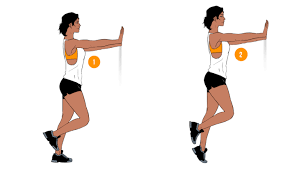
As you improve you can start with single leg to make your gastrocnemius and soleus muscle more powerful, The intensity of the calf raise is increased by doing it on one leg. That way one can strengthen the calf muscle even more.
To do this exercise take a standing position near wall for balancing then placing his feet hip-width apart and raise one leg slightly and take a proper balance. Make a upright your Body posture then Gradually press down into the balls of one feet to raise the body upward. Keep the abdominal muscles pulled in so that the body move straight upward, rather than shifting it forward or backward. (as seen in pictures)
Seated Calf Raise
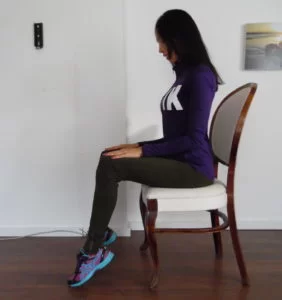
This simple exercise you can do at home also. The exercise works both the gastrocnemius and soleus. This is easy exercise start with this exercise then gradually go to Double cal raise and as you progresses you can go even harder with single leg calf raises.
You can Take sitting position on a firm, sturdy chair with the feet flat on the floor. Keep your both knees aligned directly over the feet. Don’t let the knees turn in or out. Lean forward placing hands on thighs near knees pushing down to add resistance. Then gradually press slowly down into the balls of the feet to raise the heels as high as you can then Hold for few seconds then slowly lower the heels.
Initially, 10 to 15 repetitions and 2 sets of exercises are recommended, as you progress you can increase repetition and sets of exercises.
Gastrocnemius muscle stretching Exercise
Seated Calf Stretch with Towel or Thera-Band
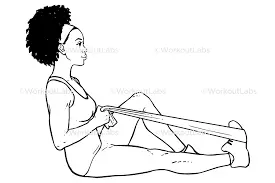
- If thera-band is not available one can use a yoga strap, a towel, or something similar.
- You can take a long Sitting position on the soft mat with the legs are fully straight.
- Loop a resistance band (or whatever tool you’re using) around one foot, holding both sides of it with the hands.
- Gently pull the toes toward the yourself until one feel the gentle stretch in the calf.
- Hold for 5 to 10 seconds then relax
- Repeat on the other side.
Lunging with Calf stretch exercise
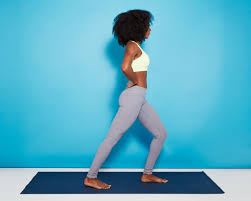
A straight back leg means the stretch is going to feel it in the gastrocnemius, the large muscle of the calf muscle group.
You can start with Standing position facing a couple of feet away from a wall. If wall is not near then one can also just do this with your hands on the hips.
Place the hands on the wall for support and step one foot back into mini lunge, bending the front leg and keeping your back leg straight.
Lean into the wall and press the back heel down so it’s flat on the ground. The further apart the feet are, the deeper the stretch will be.
Repeat on the other side.
Heel Drop Stretching exercise

- To do this exercise you will need a step, a box, or the edge of a treadmill.
- you can Stand with the balls of the feet on the edge of the step.
- Drop one heel toward the floor. Bend the other leg and try not to put much weight into it.
- Repeat on the other leg.
- To make this a dynamic stretch, one can slowly pedal the heels back and forth, or drop both heels toward the ground and raise them up and down.
Clinical importance
The gastrocnemius muscle is more prone to spasms as compared to other muscles, which are painful, involuntary contractions of the muscle that may last several minutes.
A severe ankle dorsiflexion force may result in an injury of the muscle, commonly referred to as a “torn” or “strained” calf muscle, which is acutely painful and disabling.
The gastrocnemius muscle may also become inflamed due to overuse. Anti-inflammatory medications and physical therapy (heat, massage, and stretching) may be useful.
Anatomical abnormalities involving the medial head of the gastrocnemius muscle result in popliteal artery entrapment syndrome.
Assessment:
Palpation
At the posterior aspect of the knee joint, the two large muscle bellies of gastrocnemius can be felt on either side of the upper portion of the calf muscle. The medial head is projects higher and is lower than the lateral. Both can be felt joining the tendinous junction.
Further down the calf is the flattened tendocalcaneus which can be palpated to its insertional attachment at the posterior surface of the calcaneus.
Power
Ankle plantar flexion in long-sitting (consider that gastrocnemius works against full body on a daily basis).
Double/single leg calf raise
Straight leg jump
Functional tasks (steps, etc.)
Length
Passive dorsiflexion
Body-weight lunge, measure the straight back leg.
Treatment
Muscle Weakness: Non weightbearing and basic weight-bearing exercises such as thera-band exercises, double and single leg calf raises.
Weight-bearing exercises and gradually progressed stability exercises by
- increasing load
- increasing the repetitions
- varying surface, for example, introducing a wobble board
- Sport-specific movement patterns such as running, jumping, and bounding.
The gastrocnemius may contain up to four trigger points.
The two medial trigger points lie in the medial head of the gastrocnemius, with the upper trigger point found just below the crease of the knee, and the lower trigger point an inch or two below it.
The two lateral trigger points in the lateral head mirror the positioning of the medial trigger points, except that they lie slightly more distal (towards the foot) by about a half-inch.
FAQ
Is the gastrocnemius a flexor or extensor?
As an antagonist during knee extension, the gastrocnemius is a biarticular muscle that functions as a knee flexor in addition to a plantar flexor. Conversely, the soleus is a single-jointed plantar flexor.
What is the origin of the gastrocnemius and soleus?
The gastrocnemius and soleus muscles begin at the base of the femur, or thigh bone, at the knee joint and insert into the rear of the heel through the Achilles tendon.
What is the main function of the gastrocnemius muscle?
The complex muscle known as the gastrocnemius is essential to posture and gait. It impacts the lumbar region, hip mobility, and the lower limb as a whole. It is a muscle area that is used to support daily and athletic activity.
What is the major role of the gastrocnemius?
Walking and running are typical lower limb movements, and they are mostly performed by the gastrocnemius muscle. The major tendon that connects to your heel bone is called the Achilles tendon, and it is formed when the gastrocnemius and soleus combine. There are two gastrocnemius muscles in your lower limbs.
What are the daily activities of the gastrocnemius muscle?
A complicated muscle that is essential for posture and walking is the gastrocnemius. The robust gastrocnemius muscle makes up the majority of the lower leg’s mass.
Why is my gastrocnemius so big?
Numerous variables, including as your food, your genetics, and even the kind of activity you perform, could contribute to this. Some people are slender and tidy overall, but they have large calves. On the other hand, some people who are overweight yet have huge calves.

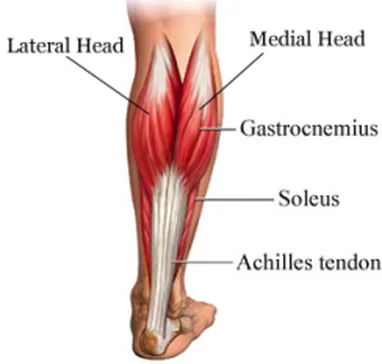
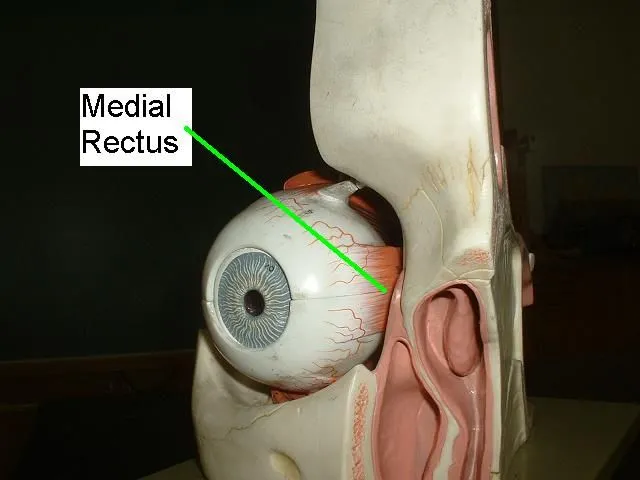
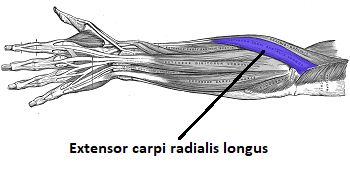
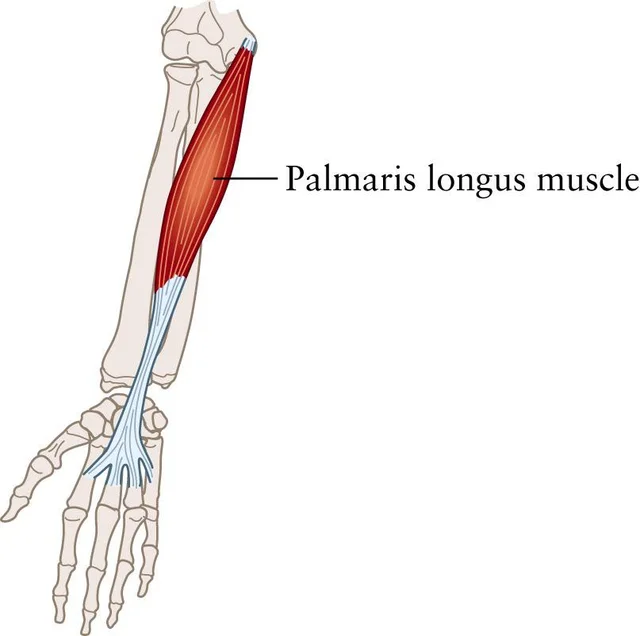
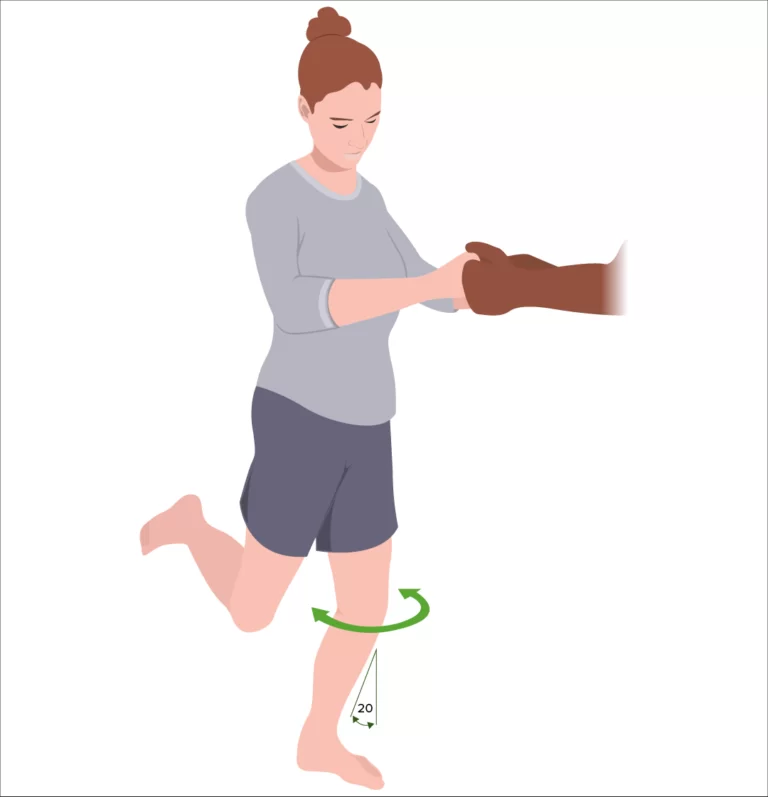
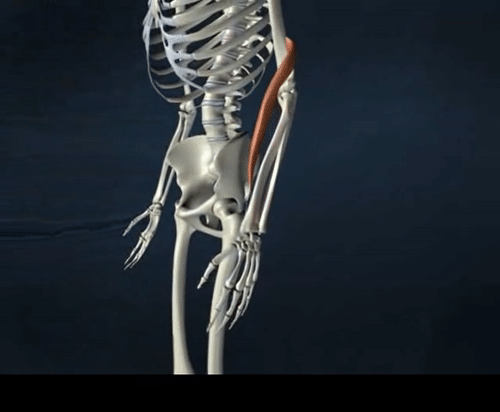
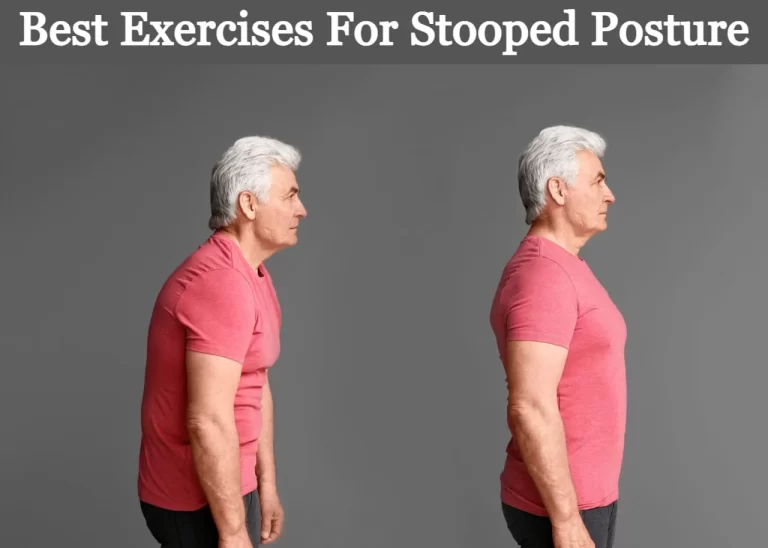
The Gastrocnemius muscle have High tendency of Being spasm because of work overload in Day to day activity, is a Bulky muscle located at the Back of the Leg with Soleus muscles. Regular stretching exercise makes you Physically Fit and Active, Ankle toe movement Helps to maintain Blood circulation and Prevent Deep vein Thrombosis.